Southern projects drag their heels
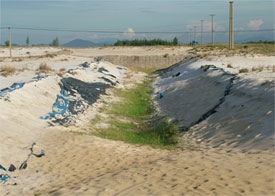 |
| illustration photo |
Malaysia’s Berjaya Corporation Berhad’s largest project in the southern hub - the Vietnam International University Township (VIUT) is the longest standing of these problems.
According to Mor Chun Lin, chief representative of Berjaya Corporation Berhad in Vietnam, as of March 2011, the project developer had received just 500 hectares of cleared land.
This was up from 200ha from 2010, but there was still more than 400ha to go.
He said the company had transferred compensation funds to the city’s authorised agencies and was waiting for their approved compensation prices..
He added that Berjaya was also waiting for the city’s approval of our proposal of developing VIUT’s first 180ha instead of having to develop the whole 500ha of the current cleared land as requested by the city. We plan to first build basic infrastructure and affordable houses for sale, which are now in high demand.
Lin added that in the context of high interest rates and high inflation, it would be hard for it to go ahead and develop all of the 500ha.
Granted an investment licence in July 2008, the VIUT project will cover 925ha at Tan Thoi Nhi commune of Hoc Mon district with total investment capital investment of some $3.5 billion.
VIUT is scheduled for completion in stages from 2011 to 2021. The township will feature the most modern university urban complex in Southeast Asia, with a 110ha training centre and international universities and colleges as well as international and local schools.
Another long-delayed project by Berjaya in Ho Chi Minh City is the $930 million Vietnam Financial Centre in District 10.
According to Nguyen Hoai Nam, CEO of Berjaya Vietnam, the project’s design had been adjusted 14 times to meet the Department of Construction’s requirements for planning-scale 1/500.
“We are still progressing well with this project and any problems with it are just the result of time-consuming construction formalities,” Nam said.
Covering 6.8ha, the development’s licence was granted to Berjaya in 2007 and will comprise a complex of five towers ranging from 39 to 48 storeys.
Meanwhile, Singapore’s Keppel Land Limited and joint venture partner, Chiap Hua Group, which received the investment licence for Saigon Sports City in Ho Chi Minh City in 2003, have also faced the same issues.
The project ground to a halt because of slow land clearance work and there has still been no signs of construction.
Saigon Sports City is Keppel Land’s first township development in Vietnam. The 64ha site is located in District 2 and will offer public sports facilities including an Olympic-size swimming pool, a tennis academy, a football field with grandstand seating, an auditorium and a sports training hall.
What the stars mean:
★ Poor ★ ★ Promising ★★★ Good ★★★★ Very good ★★★★★ Exceptional
Related Contents
Latest News
More News
- Binh Duong creates many incentives for large FDI projects (December 27, 2024 | 17:24)
- Quang Ninh to continue focusing on FDI in 2025 (December 27, 2024 | 16:26)
- Transforming to an AI-driven organisation (December 26, 2024 | 08:30)
- Full-year growth prospects raised (December 26, 2024 | 08:00)
- Remarkable outcomes can be earned (December 25, 2024 | 11:00)
- Trade scope expands with British accession to CPTPP (December 25, 2024 | 10:00)
- Nghe An boasts workforce potential for industrial growth (December 25, 2024 | 08:30)
- Localities implement solutions for semiconductor projects (December 23, 2024 | 15:00)
- UK's Pharos Energy obtains licence extensions (December 23, 2024 | 14:41)
- Australia relationship has never been better (December 23, 2024 | 11:00)

 Tag:
Tag: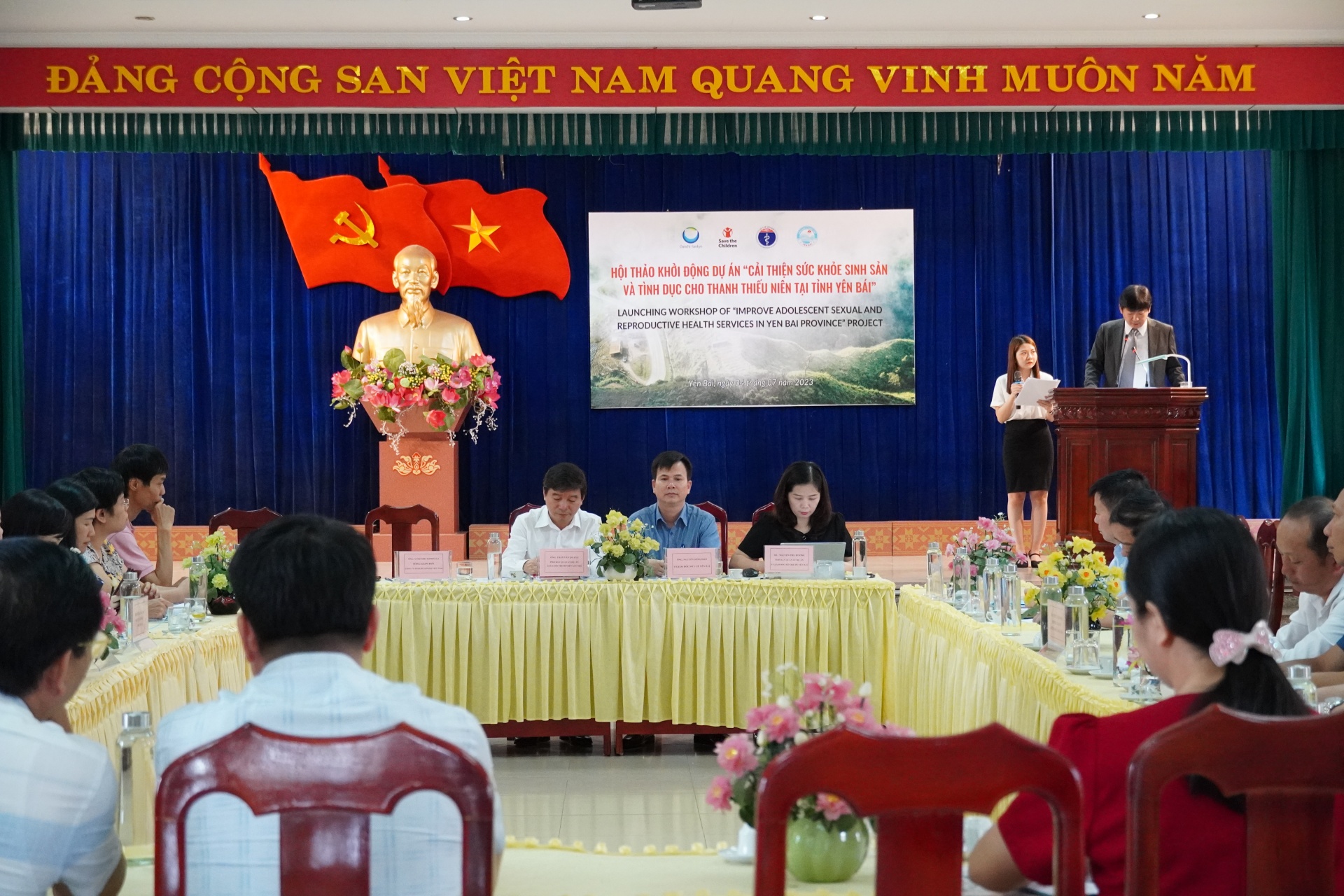
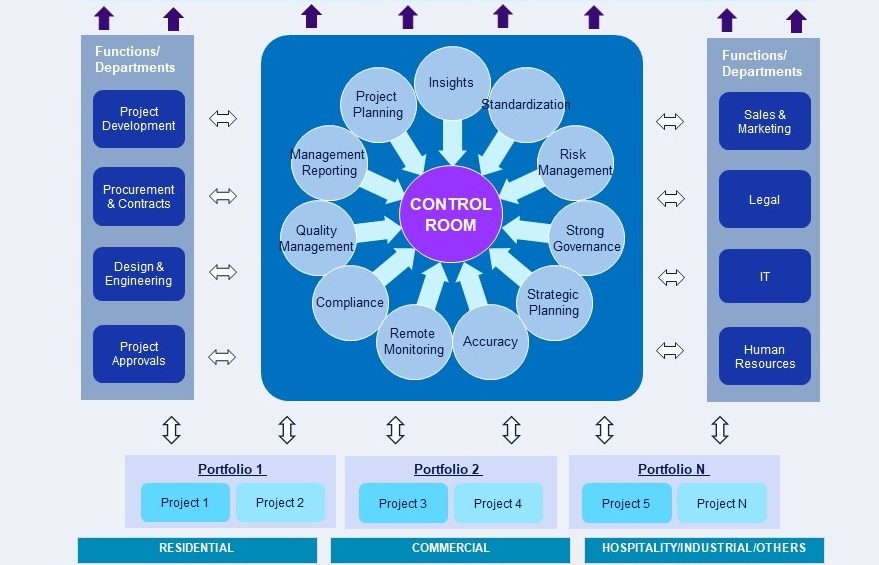
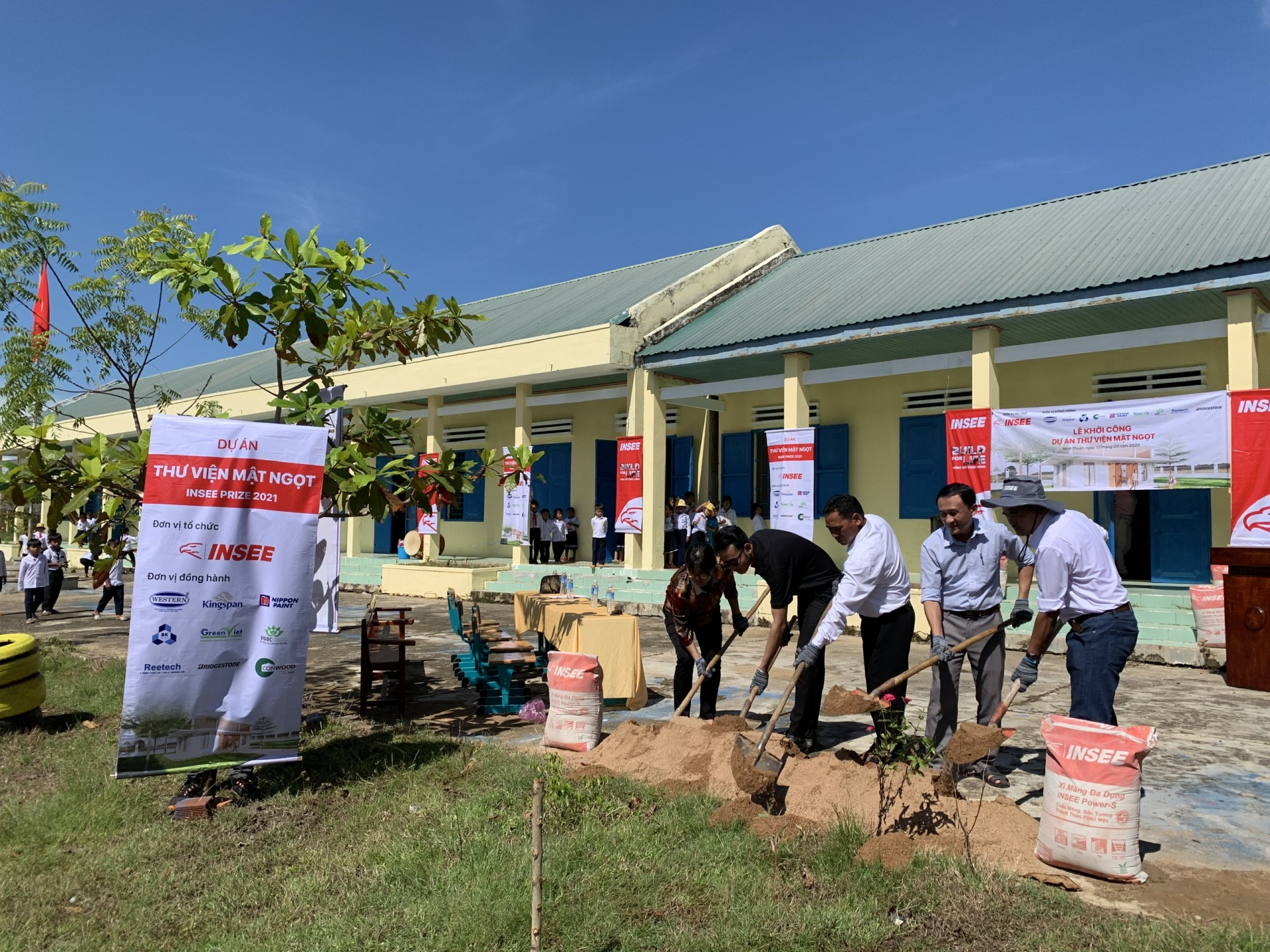
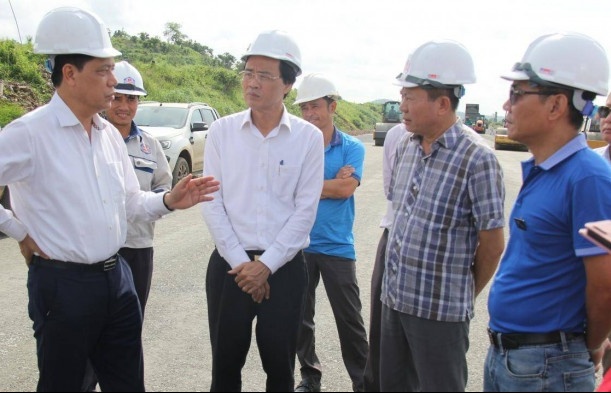
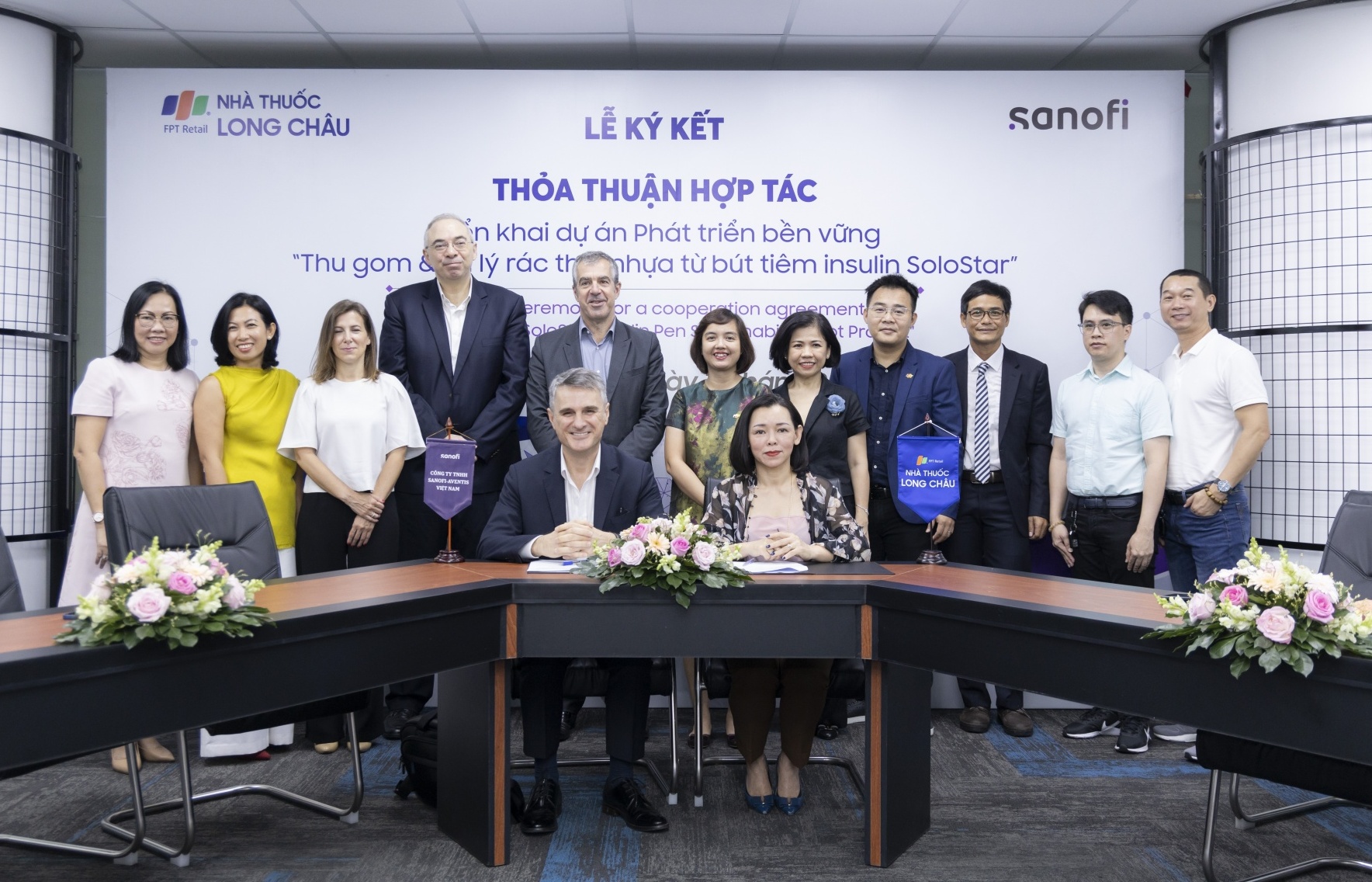
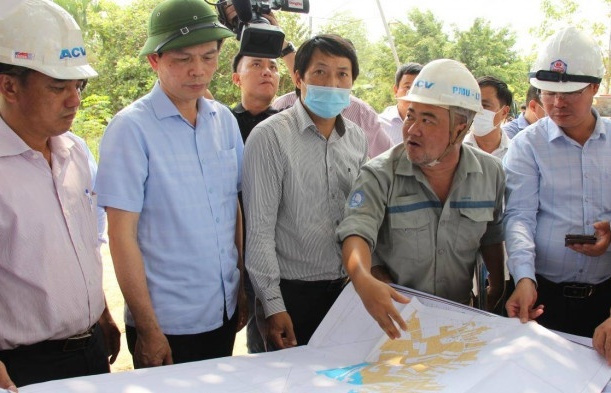
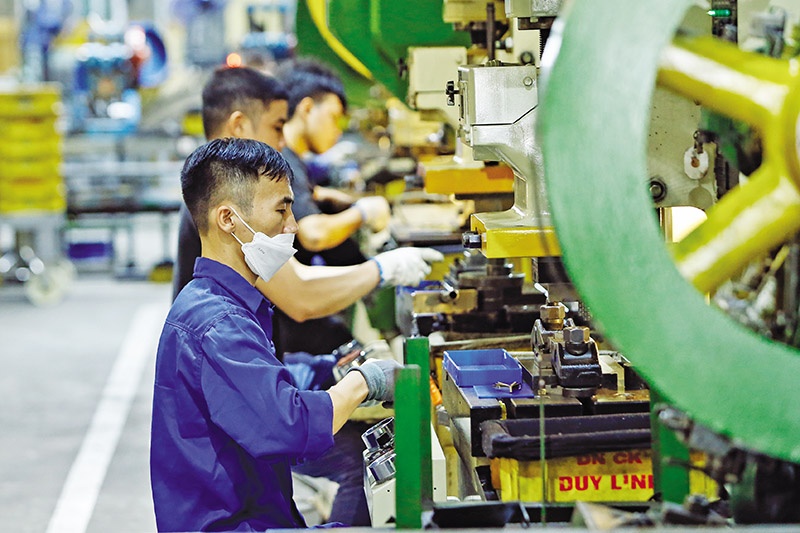
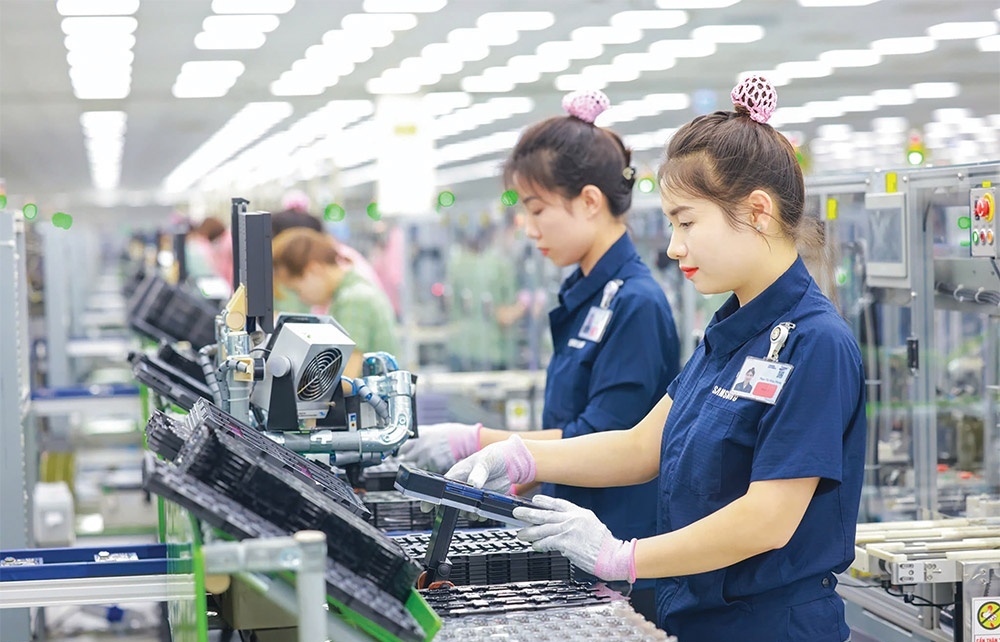
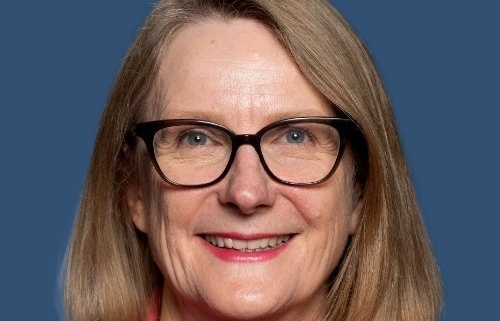
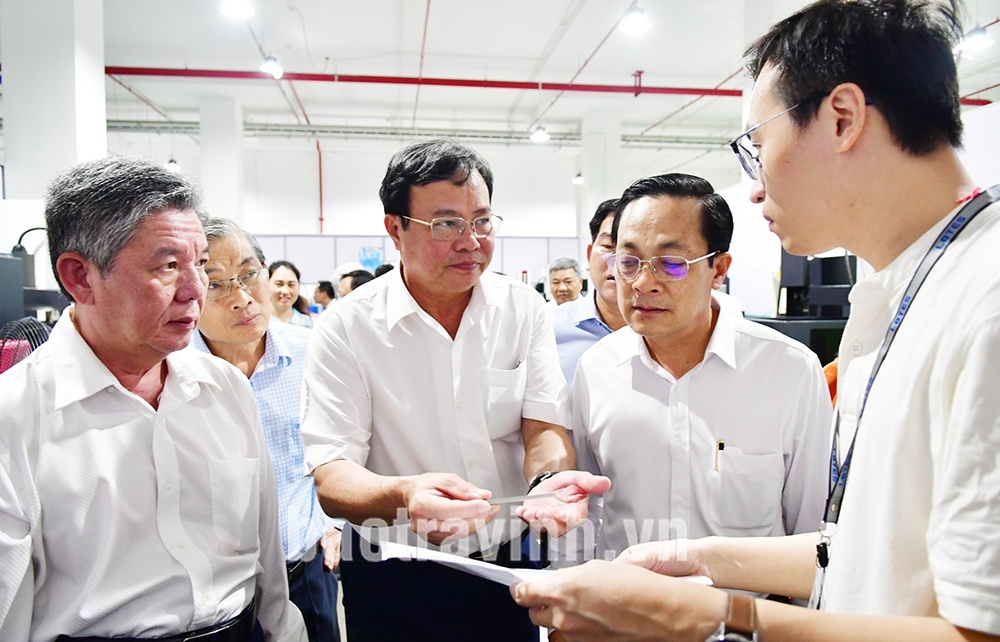
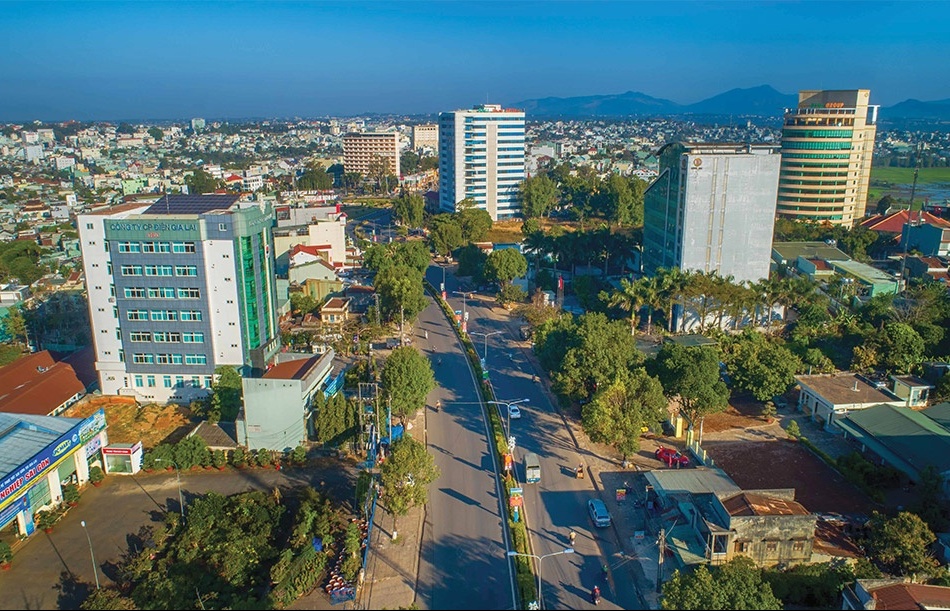
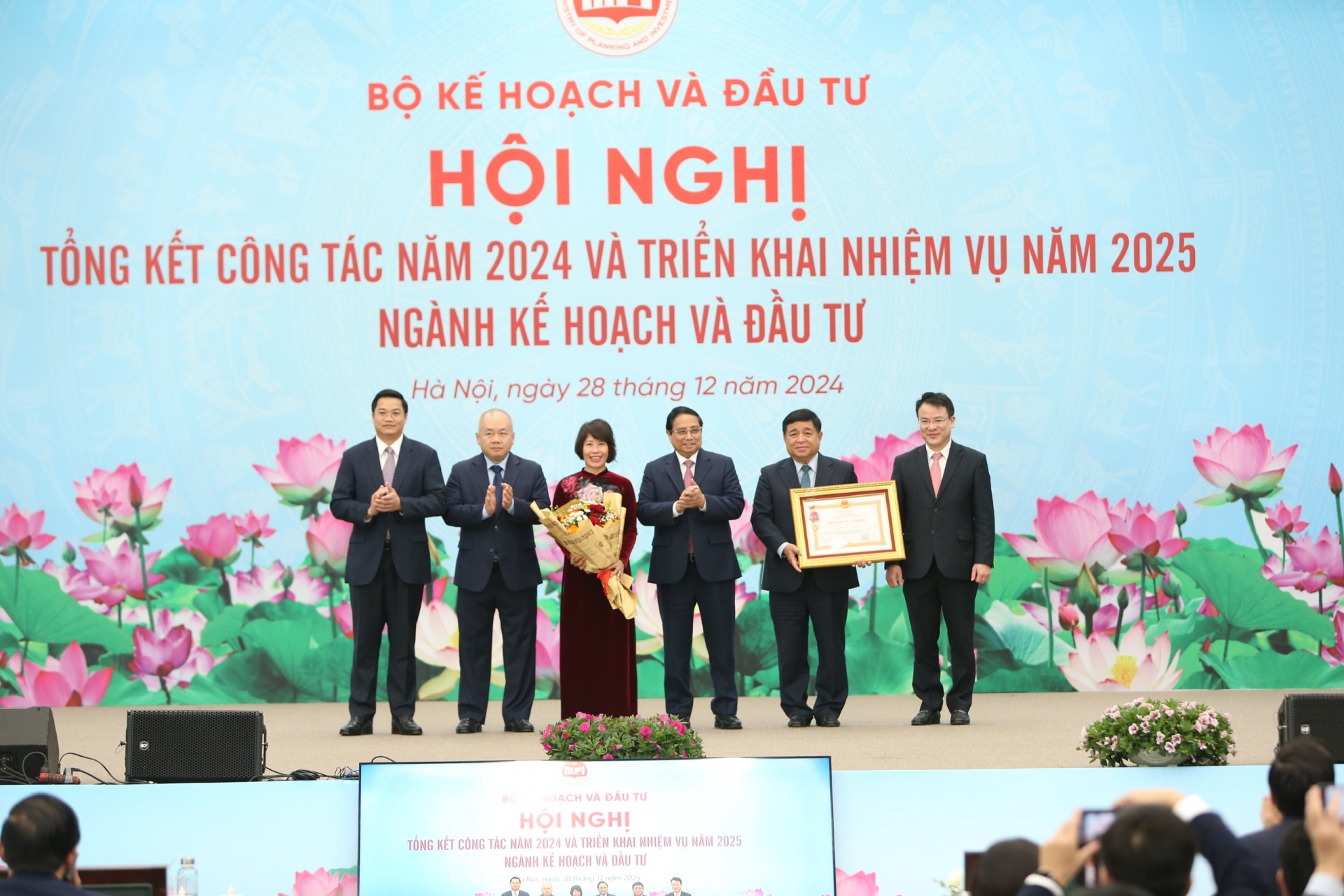


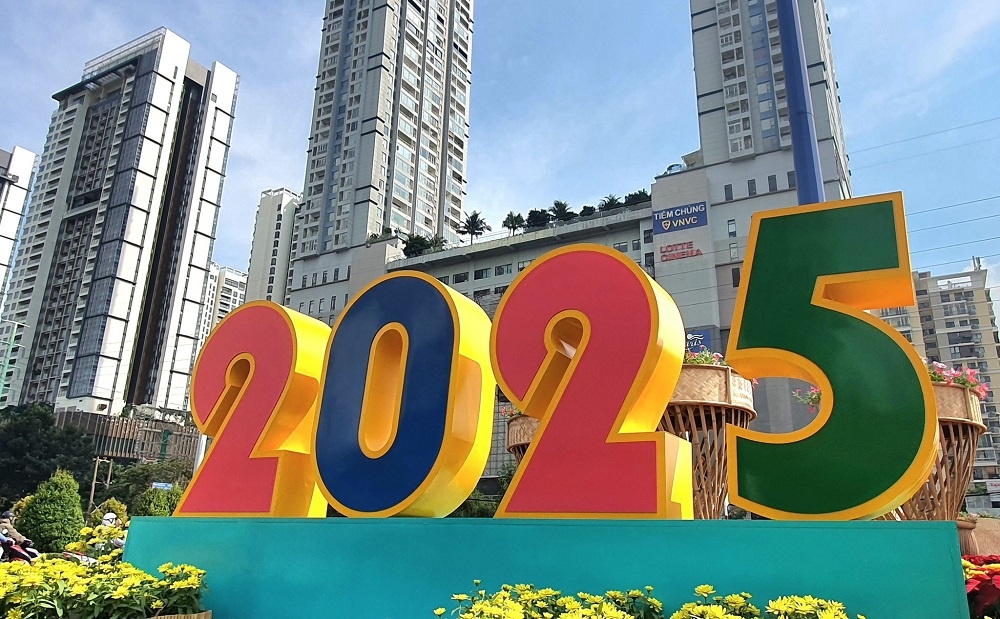

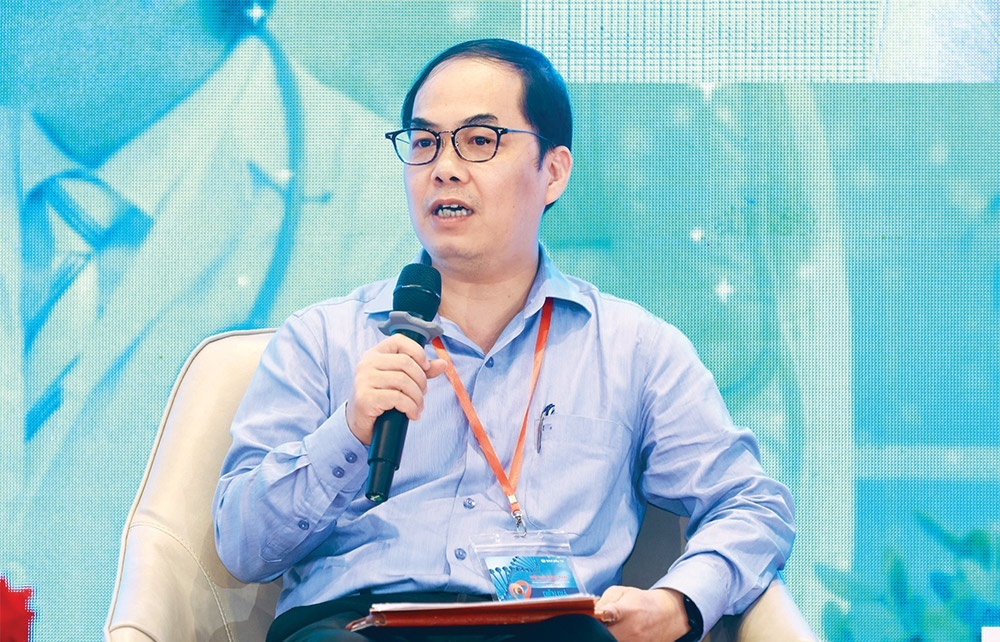



 Mobile Version
Mobile Version